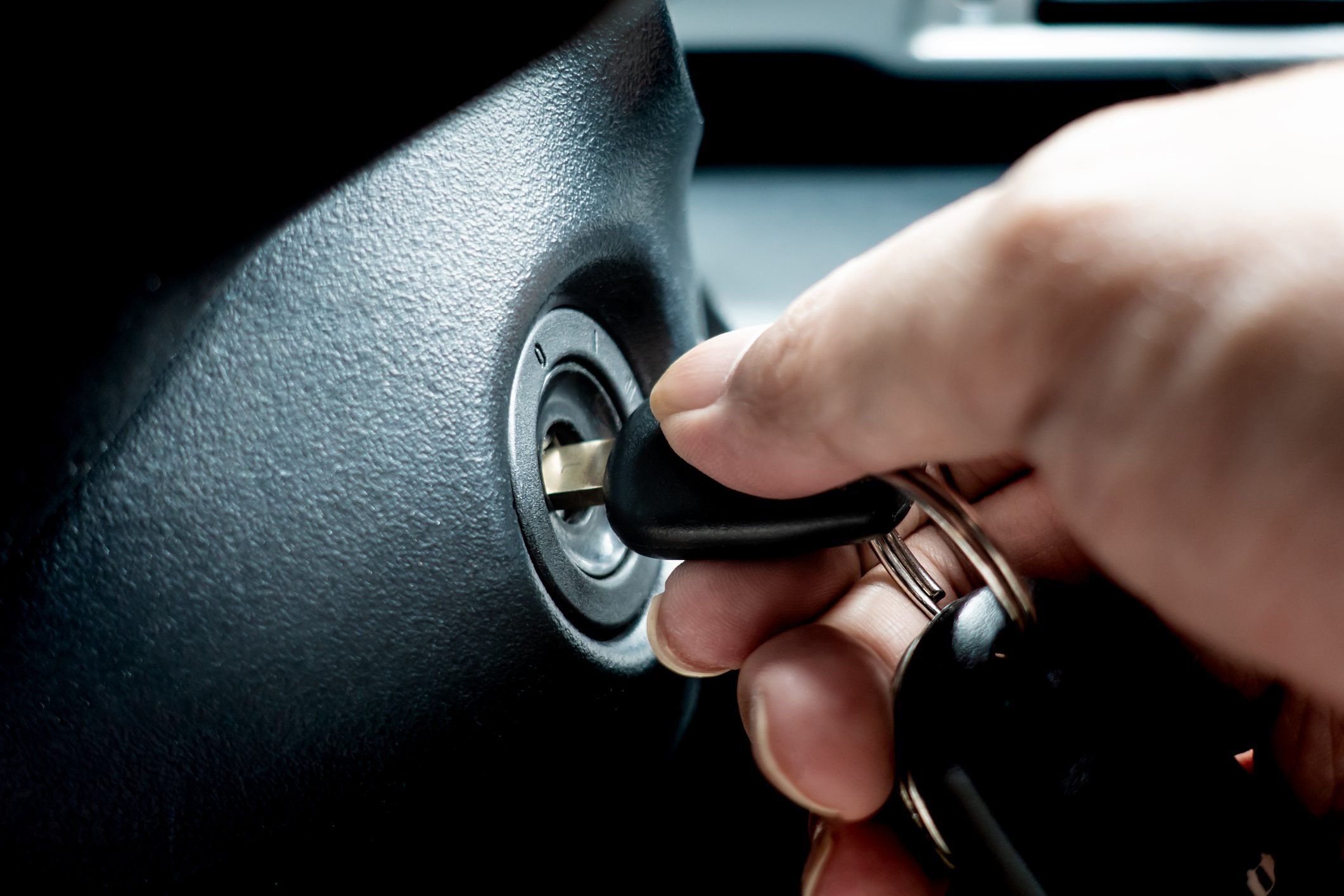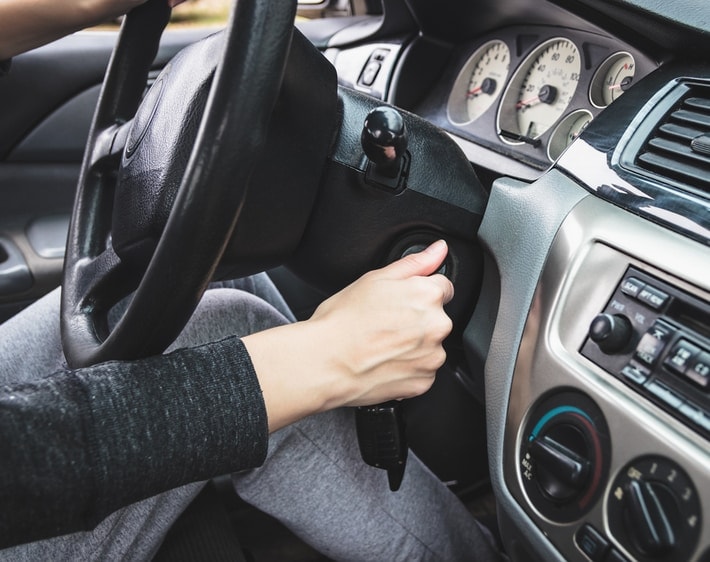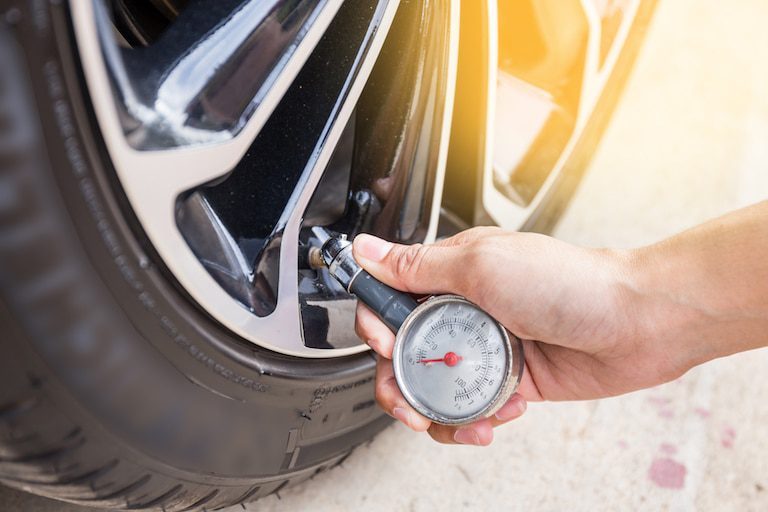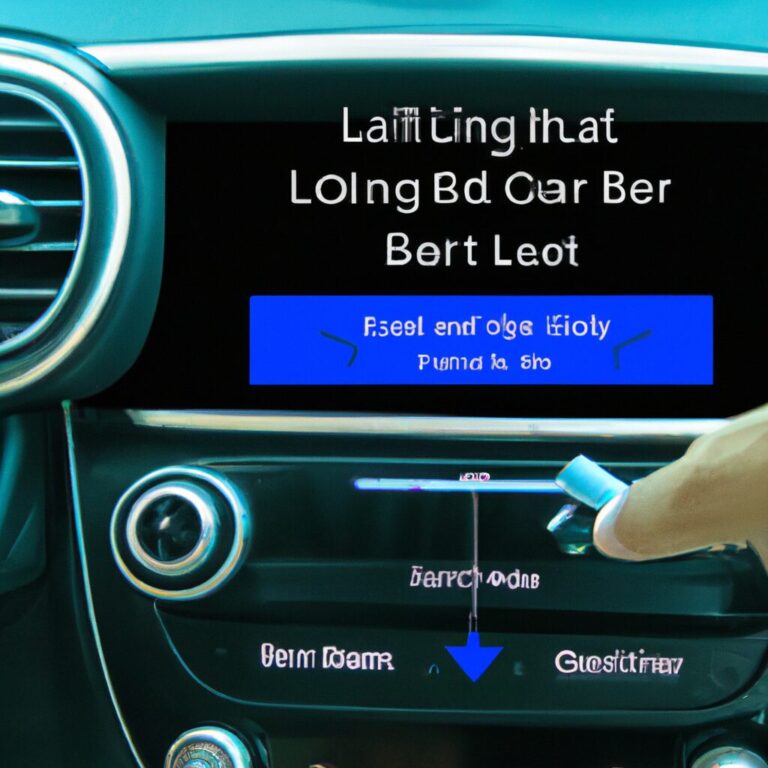How to Start a Vehicle With a Bad Starter
To start a vehicle with a bad starter, try the “bump start” method by pushing or rolling the vehicle while in gear to engage the engine. If this doesn’t work, tap on the starter motor lightly with a hammer to try and loosen any stuck components.
Dealing with a faulty starter can be a frustrating situation, leaving you stranded at the worst possible moment. Knowing how to get your vehicle running when the starter fails can save you from a stressful experience. In this guide, we’ll explore various methods to help you start a car with a bad starter, providing you with practical solutions to overcome this common automotive issue.
Let’s dive in and learn how to troubleshoot and get your vehicle moving again quickly and safely.
Diagnosing The Issue
If your vehicle is struggling to start due to a bad starter, start by checking the battery and connections. Listen for any clicking or grinding noises when turning the key. If the starter motor isn’t engaging, it may need replacement.
Contact a professional mechanic for further diagnosis and repair.
Identifying The Problem Signs
Checking The Battery And Connections
Diagnosing the issue of a bad starter is crucial when attempting to start a vehicle. By understanding the problem signs and checking the battery and connections, you can effectively identify the issue and determine the necessary steps to fix it. Let’s explore these steps in detail.Identifying The Problem Signs
To start with, understanding the problem signs is essential for diagnosing a bad starter. Keep an eye out for these indications that your starter may be faulty:- When you turn the ignition key, the engine does not crank.
- The starter makes a clicking sound, but the engine does not start.
- You hear a grinding noise while attempting to start the vehicle.
- There is a burning smell coming from the engine compartment.
- The dashboard lights and electrical components are working fine, but the vehicle doesn’t start.
Checking The Battery And Connections
When dealing with a bad starter, checking the battery and connections is crucial. Follow these steps to ensure they are in good condition:- Start by inspecting the battery terminals for any signs of corrosion or loose connections. If there’s corrosion, clean it using a mixture of baking soda and water.
- Check the battery voltage using a voltmeter. A fully charged battery should read around 12.6 volts. If the voltage is significantly lower, it may indicate a weak battery.
- If necessary, charge the battery using a battery charger or jump-start the vehicle using jumper cables and another vehicle with a good battery.
- Ensure all connections to the starter motor, solenoid, and ignition switch are secure and tight.
- Inspect the starter wire connections for any signs of damage or fraying. Replace any damaged wires if needed.
Using Alternative Starting Methods
Now, let’s explore some alternative methods to start a vehicle when faced with a bad starter.
Jump-starting The Vehicle
Jump-starting a vehicle can provide the necessary boost to start the engine when the starter is faulty.
Tapping The Starter
Tapping the starter lightly with a blunt object may help jostle the internal components and get the engine running.
Temporary Solutions
Temporary Solutions offers simple and effective ways to start a vehicle with a faulty starter. Discover easy methods to get your car running without the need for expensive repairs or replacements.
Using A Hammer
One temporary solution for starting a vehicle with a bad starter is to tap the starter motor with a hammer gently.
Roll-starting The Vehicle
If the vehicle has a manual transmission, roll-starting it can also be a temporary fix for a faulty starter.

Credit: www.familyhandyman.com
Seeking Professional Help
When faced with a faulty starter, seeking professional help is often the best course of action. A professional mechanic has the expertise and experience to diagnose the problem accurately and provide suitable solutions. You can contact a qualified mechanic or towing service to assist you in getting your vehicle back on the road without further damage.
Contacting A Mechanic
If you’re unsure of how to handle a bad starter or don’t have the necessary tools, it’s advisable to contact a mechanic. A reliable mechanic can quickly assess the situation and recommend the best options for repair or replacement. Consider reaching out to several trusted mechanics in your area to compare quotes and choose the most affordable and reliable professional.
Towing The Vehicle
In some cases, the vehicle may not start at all, making it challenging to transport it to a mechanic. Towing the vehicle is the ideal solution, ensuring it reaches the expert safely without causing any further damage. It’s crucial to select a reputable towing service that specializes in handling vehicles with mechanical issues. They will have the necessary equipment to secure and transport your car without causing any unnecessary strain or damage.
Preventive Measures
When it comes to avoiding the hassle of dealing with a bad starter, taking preventive measures can be a game-changer. By prioritizing regular maintenance and investing in quality parts, you can significantly reduce the risk of encountering starting issues and ensure that your vehicle remains reliable. Let’s delve into the essential preventive measures that can help you avoid the headaches associated with a bad starter.
Regular Maintenance
Regular maintenance is crucial for keeping your vehicle’s starter in top-notch condition. Scheduled tune-ups and inspections allow mechanics to detect potential issues and address them before they escalate into major problems. Staying proactive with maintenance can help prevent starter malfunctions and prolong the lifespan of this critical component.
Using Quality Parts
Investing in high-quality starter parts is vital for ensuring the reliability and performance of your vehicle. Opting for genuine or premium aftermarket parts can minimize the risk of premature starter failure. High-quality parts are designed to withstand the rigors of daily use, reducing the likelihood of issues that could leave you stranded.

Credit: www.firestonecompleteautocare.com

Credit: www.wikihow.com
Frequently Asked Questions Of How To Start A Vehicle With A Bad Starter
Can You Start A Car With A Bad Starter?
Yes, you can start a car with a bad starter by using a push start or jump starting it.
How Do You Temporarily Start A Car With A Bad Starter?
To temporarily start a car with a bad starter, try tapping the starter with a hammer. If that doesn’t work, use the push start method if your car is manual.
How Do You Hit A Starter To Make It Work?
To make a starter work effectively, follow these steps: 1. Check if the battery is fully charged. 2. Ensure the connections between the starter and battery are secure. 3. Examine the ignition switch for any defects. 4. Inspect the solenoid for proper functioning.
5. If necessary, replace the starter or seek professional assistance.
Will A Car Stay Running With A Bad Starter?
No, a car will not stay running with a bad starter. The starter is necessary to initiate the engine. If it’s faulty, the car won’t start or stay running. It’s important to get it fixed to avoid further damage.
How Can I Tell If My Starter Is Bad?
If your vehicle makes a clicking noise when you turn the key, experiences slow cranking, or has dash lights but doesn’t start, your starter could be the culprit.
What Are The Common Signs Of A Bad Starter?
Look out for grinding noise, a single loud click when turning the key, or a starter that smokes, as they are common symptoms of a failing starter.
Can I Jump-start A Vehicle With A Bad Starter?
Yes, it’s possible. By connecting jumper cables to both vehicles and following proper safety procedures, you may be able to get the vehicle running temporarily.
Conclusion
To sum up, starting a vehicle with a bad starter doesn’t have to be a daunting task. By following the steps outlined in this blog post and considering alternative methods such as jump-starting or using a push-start, you can get back on the road in no time.
Remember to prioritize safety and consult a professional if needed. With a little knowledge and perseverance, you’ll be able to overcome the challenges of a faulty starter and keep your vehicle running smoothly.



